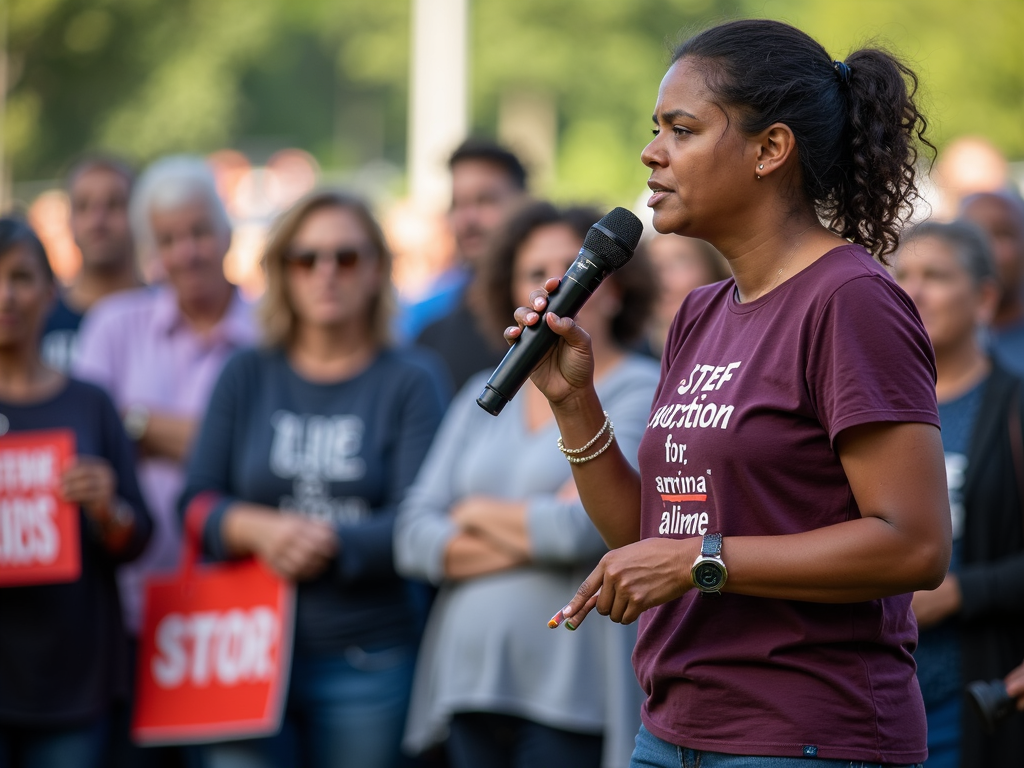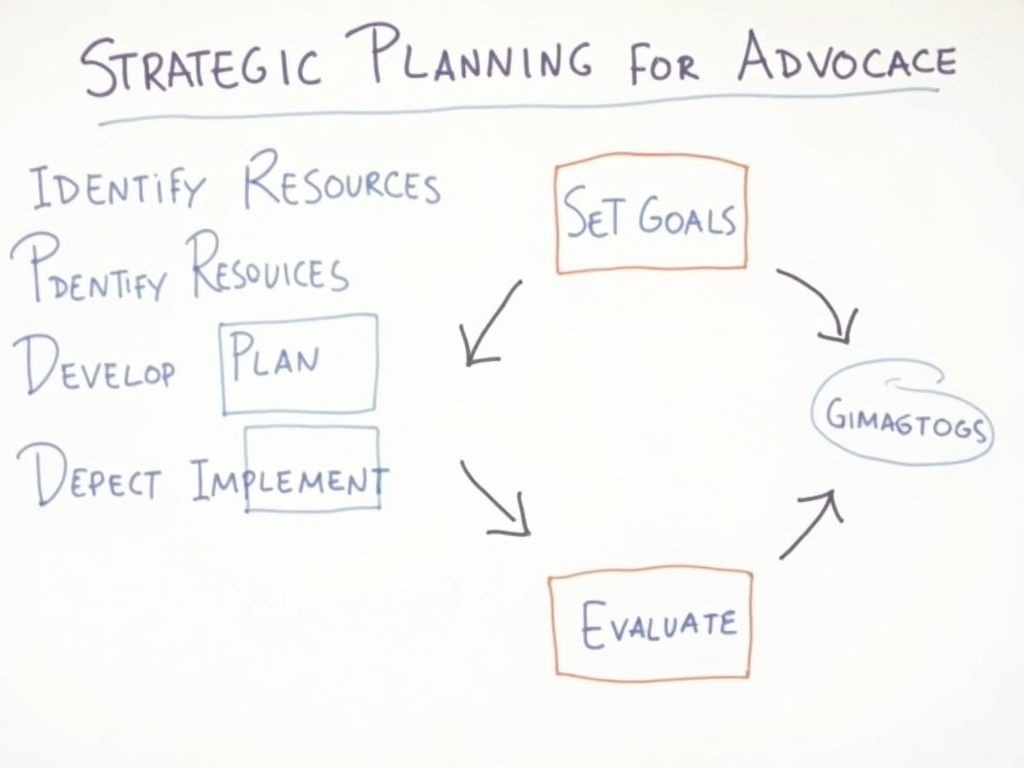Strategic Planning for Advocacy: A Guide to Making a Difference
By , June 26, 2025
Overview
Advocacy can shape the future, but it needs a solid plan to succeed. This guide to strategic planning for advocacy offers a clear path to turn your passion into impact. In about 1500 words, we’ll explore key steps, skills for volunteers, and real examples—all in a friendly, practical way.
Introduction
Advocacy can change the world, but it takes more than passion to make a difference. You need a plan—a strategic plan that turns your vision into action. Whether you’re a seasoned advocate or a volunteer just starting out, this guide will help you understand how to plan effectively for advocacy. We’ll cover the skills you need, the steps to take, and real-world examples to inspire you. By the end, you’ll have a clear roadmap for creating your own advocacy strategy.

What is Advocacy?
Advocacy is about speaking up for a cause you believe in. It could be pushing for policy changes, raising awareness about an issue, or supporting a community need. It’s not just for experts—volunteers are often the heart of advocacy efforts. For example, advocacy can mean organizing a local event or writing to lawmakers. The goal is simple: make a positive change. It’s powerful because anyone can do it, especially when you have a plan.
The Role of Volunteers in Advocacy
Volunteers are essential to advocacy. They bring energy and fresh ideas to the table. From handing out flyers to speaking at events, volunteers get the message out. I’ve seen firsthand how a small group of dedicated people can spark big change—like when a team of volunteers I worked with turned a petition into a city-wide movement. Research from the National Council of Nonprofits shows volunteers often make advocacy feel more authentic and community-driven.

Skills Needed for Advocacy Volunteering
To shine as an advocate, you need a few key skills. Here’s what matters most:
- Communication: Share your ideas clearly—whether talking, writing, or posting online.
- Research: Know your facts. Dig into your cause so you can back up your points.
- Networking: Connect with others. Relationships can amplify your efforts.
- Organization: Keep things on track. Good planning saves time and stress.
- Resilience: Don’t give up. Change takes time, and setbacks happen.
These skills aren’t hard to build. Start small—like practicing a pitch to a friend—and grow from there.
Steps for Strategic Planning in Advocacy
Strategic planning for advocacy means mapping out how to win. Here’s a simple, step-by-step approach:
1. Setting Goals
Decide what you want to achieve. Make it specific—like getting 500 signatures on a petition in three months. Clear goals keep everyone focused.
2. Identifying Resources
Look at what you’ve got. Volunteers, a budget, or even a social media account—all count. I once ran a campaign with just a laptop and a few friends, proving you don’t need much to start.
3. Developing a Plan
Write down your steps. Who does what? When? A timeline helps. For example, ‘Week 1: Research. Week 2: Outreach.’ Keep it practical.
4. Implementing the Plan
Get moving. Hold meetings, share posts, or host events. Stay open to tweaks—plans evolve as you go.
5. Evaluating Success
Check your progress. Did you hit your goal? Ask for feedback or track numbers, like event turnout. It’s how you learn and improve.

A Real Example: The Clean Water Campaign
Let’s look at a real case. A few years ago, I joined a volunteer group pushing for cleaner water in our town. Our goal? Convince the council to test local rivers. We had ten volunteers, a small budget, and six months. We researched pollution stats, rallied neighbors, and met with officials. After months of work, the council agreed—and water quality improved. It wasn’t fancy, but our plan worked. For more on successful campaigns, see this case study from the EPA.

Tips to Stay on Track
Planning can feel overwhelming, but it doesn’t have to. Here’s what I’ve learned:
- Start small. Test your plan with one event or goal.
- Delegate tasks. Let volunteers use their strengths.
- Celebrate wins. Even small steps matter.
A report from Stanford Social Innovation Review backs this up: breaking advocacy into manageable pieces keeps momentum going.

Conclusion
Strategic planning turns advocacy into action. With clear goals, the right skills, and a solid plan, you—and your volunteers—can make a real impact. It’s not about having all the answers upfront; it’s about starting, learning, and pushing forward. Whether you’re fighting for cleaner water or a new law, this guide gives you the tools to succeed. Ready to plan? Grab some friends and get started—your cause needs you.